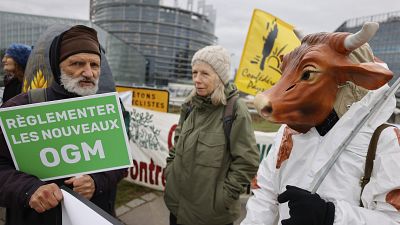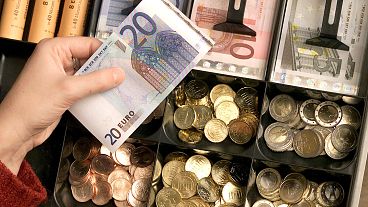By Claire Milhench
LONDON (Reuters) - Public sector investor assets surged $2.5 trillion or 7.3 percent in 2017 to $36.2 trillion, the biggest jump in five years, an annual report showed on Wednesday, helped by stellar equity market gains and a gold price rise.
The Official Monetary and Financial Institutions Forum (OMFIF) tracks the assets of 750 institutional investors such as central banks, sovereign wealth funds (SWFs) and public sector pension funds and ranks them by size in its Global Public Investor report.
In this year's report, OMFIF noted that one-fifth of the $2.5 trillion rise was concentrated in four institutions - Norges Bank Investment Management, the People's Bank of China (PBOC), the Swiss National Bank and Japan's Government Pension Investment Fund.
The PBOC retained its position at the top of the ranking, with assets up 4 percent to $3.231 trillion.
In total, pension fund assets rose 8.1 percent or $1.1 trillion, central bank assets 7.8 percent or $959 billion, and SWF assets 5.1 percent or $397 billion.
"Assets were boosted by the continued global economic recovery, particularly across advanced economies," OMFIF said in the report, adding that Europe had enjoyed the largest increase of 11.8 percent to $7.6 trillion, led by central bank reserves.
A rise in the gold price <XAU=> helped, with central banks globally adding 371 tonnes of gold in 2017, bringing total holdings to almost 31,800 tonnes, the highest level since the 1990s.
The global stock market rally, which led to gains of over 20 percent in 2017, also leant support, with equities making up around 36-40 percent of SWF and pension fund portfolios.
Only Middle Eastern central banks experienced a decline in assets, of $32 billion, as their economies struggled with weak oil prices, geopolitical instability and the associated pressures on their exchange rates, OMFIF noted.
The Saudi Arabian Monetary Authority's assets fell by $51 billion to $496 billion. And the Qatar central bank suffered a 53 percent loss in reserves due to large capital outflows following the imposition of sanctions by other Arab states.
The Kuwait Investment Authority, a sovereign wealth fund, lost its top 10 position, falling one place to 11th, with assets down 11 percent or $68 billion. It was replaced in the top 10 by South Korea's National Pension Service, which enjoyed asset growth of 16 percent.
Asia remained the largest region for assets, holding $13.8 trillion or 38 percent of the total, with year-on-year growth of $948 billion or 7 percent.
The Hong Kong Monetary Authority topped the table of biggest risers, with assets up $73.3 billion or 19 percent.
Infrastructure and real estate remained in favour, with a respective 70 percent and 45 percent of investors surveyed planning to increase their holdings in these segments.
The shift to real assets by long-term investors is a multi-year trend reflecting a search for higher yields against a backdrop of depressed global bond yields.
The growing importance of China's renminbi in international financial transactions was also reflected in the survey, with 18 percent of poll participants planning to increase their renminbi exposure over the next 12-24 months, the highest response for all currencies.
(Reporting by Claire Milhench; Editing by Alexandra Hudson)



